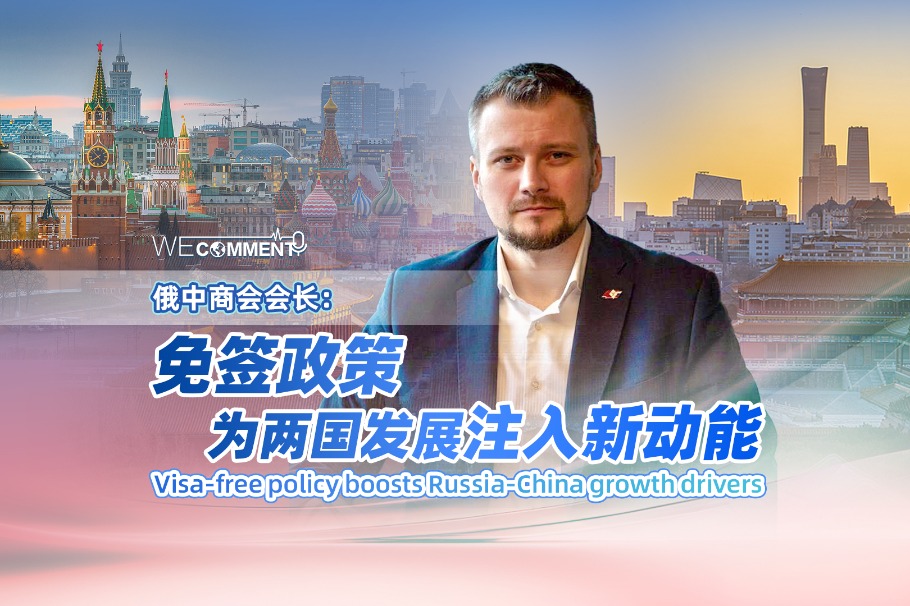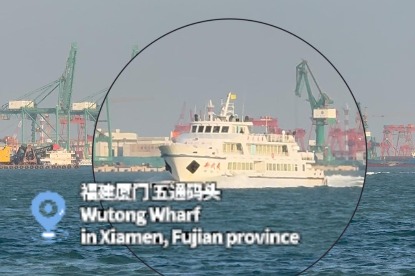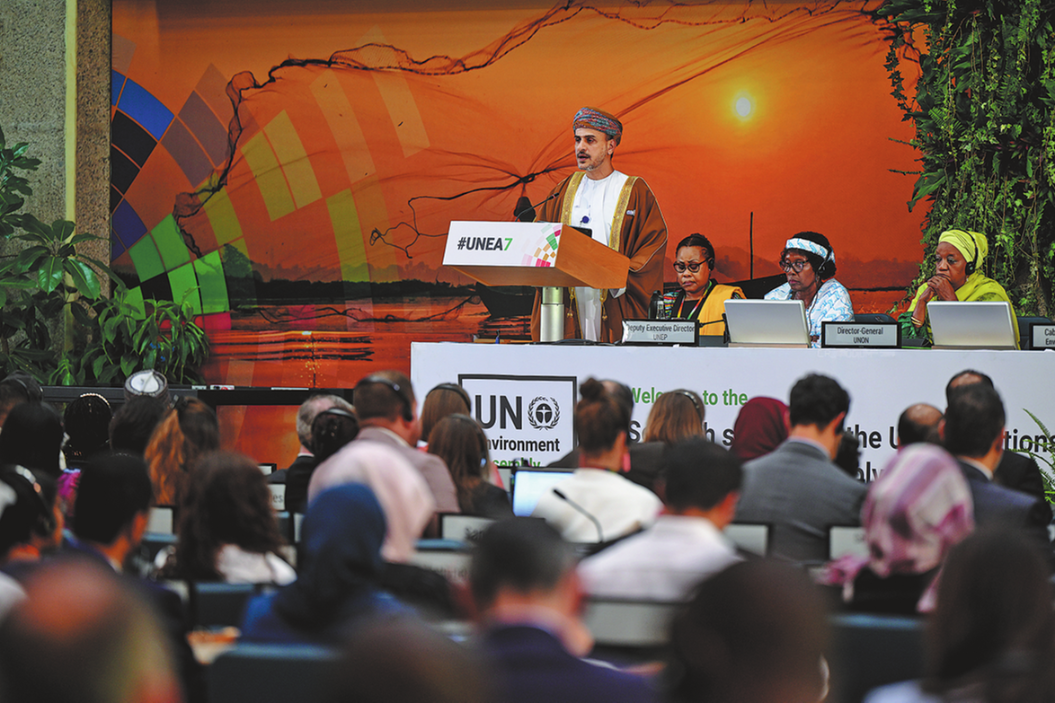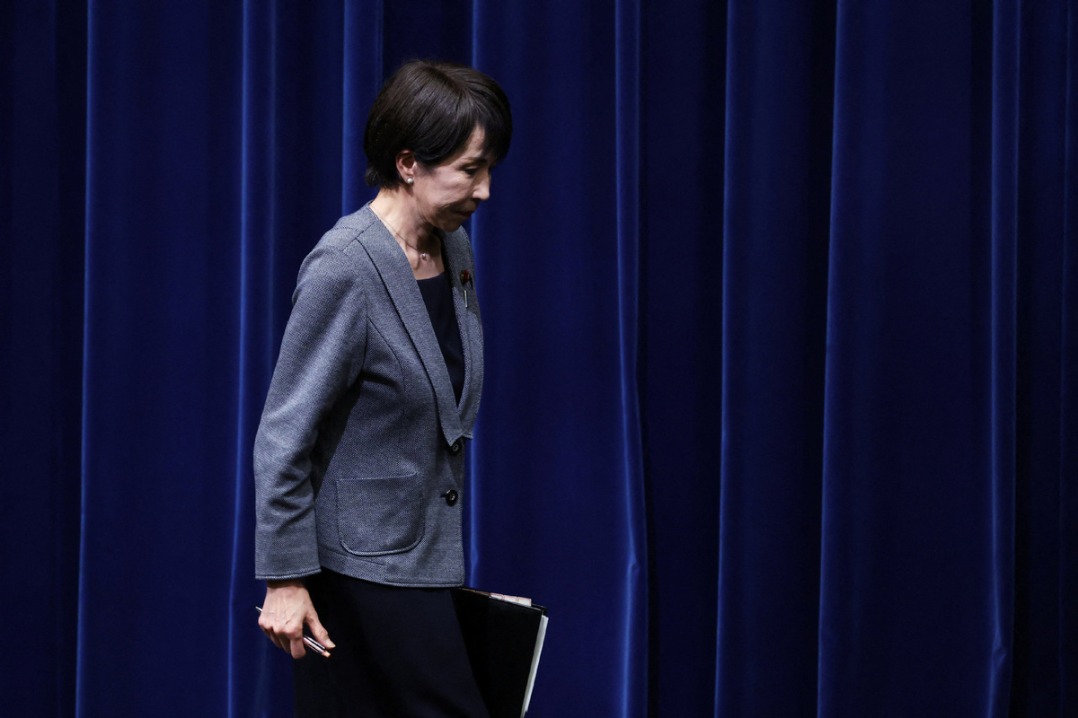Enlarged BRICS can cement supply chains


One of the policy tools to deal with the so-called middle-income trap has been the deepening of trade and economic relations with other countries, mainly neighboring countries. Production processes that can be divided into different stages to take place in different countries have become natural candidates to form value chains.
Experience shows that the access to goods produced at lower costs — be it because of relatively cheap labor, more abundant raw materials or other determining factors — helps foster competitiveness and, hence, is considered a source of gain in international trade.
This type of productive process has allowed several developing economies to more closely participate in international merchandise trade, even if they lack competitive advantage. Being geographically closer to the main markets — for instance, being in a neighboring country — reduces transportation costs and stimulates some stages of the production process. Good infrastructure and natural conditions, and well-trained workers, too, are required to ensure the free movement of goods and services.
A country's government cannot determine whether the country will become part of a value chain. Instead, a country must prove its worth to be eligible to be part of it. And yet being part of a value chain is not necessary for every production sector. Also, unlike economies that are highly competitive in manufacturing, economies with comparative advantages in some natural resources need not necessarily try to become part of a value chain.
After all, fragmented production depends on the technological nature of each sector and the geographical location of each country. Fragmented production refers to the production of goods and services using separate suppliers and component-makers to reduce production costs.
However, fragmented production involves higher governance costs and frequent traveling by engineers, technicians and management officials between production plants. In such cases, therefore, value chains tend to be a regional rather than a global process.
However, some advanced economies have resorted to "re-shoring", that is, relocating manufacturing and production operations from overseas back to a company's home country, which suggests they will take more protectionist measures and further tighten their immigration policies. It's possible that the restrictions imposed during the COVID pandemic, which had a huge impact on the global supply chains, may have influenced the "re-shoring" decisions.
But offshoring, in which businesses move their production units to foreign countries to capitalize on low labor costs and other economic benefits, remains mutually beneficial for both the mother and host countries of enterprises, as well as the enterprises and their employees.
The geographical distance among most of the BRICS member states and the availability of natural resources and other goods in some of the countries can become obstacles to creating a strong BRICS value chain.
This is not to say that economic complementarity of BRICS members is nil. For some products that have a long life and commercialization cycle (furniture for example) even geographically distant partners can build joint production bases.
In fact, the scope for cooperation among BRICS members to help foster industrial competitiveness is not narrow. Indeed, more proactive policies should be adopted by the grouping to ensure the members provide mutual support for each other so they can improve their performance. The exchange of technologies, easier access to parts and components, capacity building, trade facilitation and other initiatives are measures that will help improve the production performance of the BRICS members.
More intense bilateral and multilateral cooperation and collaboration among BRICS members may become an important policy tool in the future. The consumer market of the expanded BRICS is massive. Hence, initiatives that facilitate fluid merchandise flow among member countries will certainly provide economic benefits to all, by bypassing the increasing protective measures taken by certain economies.
Empirical evidence shows that some BRICS members have already started replacing the traditional suppliers of certain products and services, suggesting the degree of interaction within the grouping will only increase with the passage of time.
BRICS member states should share their expertise in production with each other so their complementarity in new sectors can be fully realized. BRICS has admitted new members at a time when the global landscape is marred by trade protectionism disguised as environmental protection or national security, and decoupling of traditional economic partners.
So middle-income countries looking for complementary trade and economic partners should try and maximize the benefits that might accrue from their membership of BRICS, provided the group adopts the right measures leading to such purposes.
The author is an economist at IPEA (Brazil).
The views herein do not necessarily correspond to the institutional position nor do they necessarily reflect those of China Daily.
If you have a specific expertise, or would like to share your thought about our stories, then send us your writings at opinion@chinadaily.com.cn, and comment@chinadaily.com.cn.


































